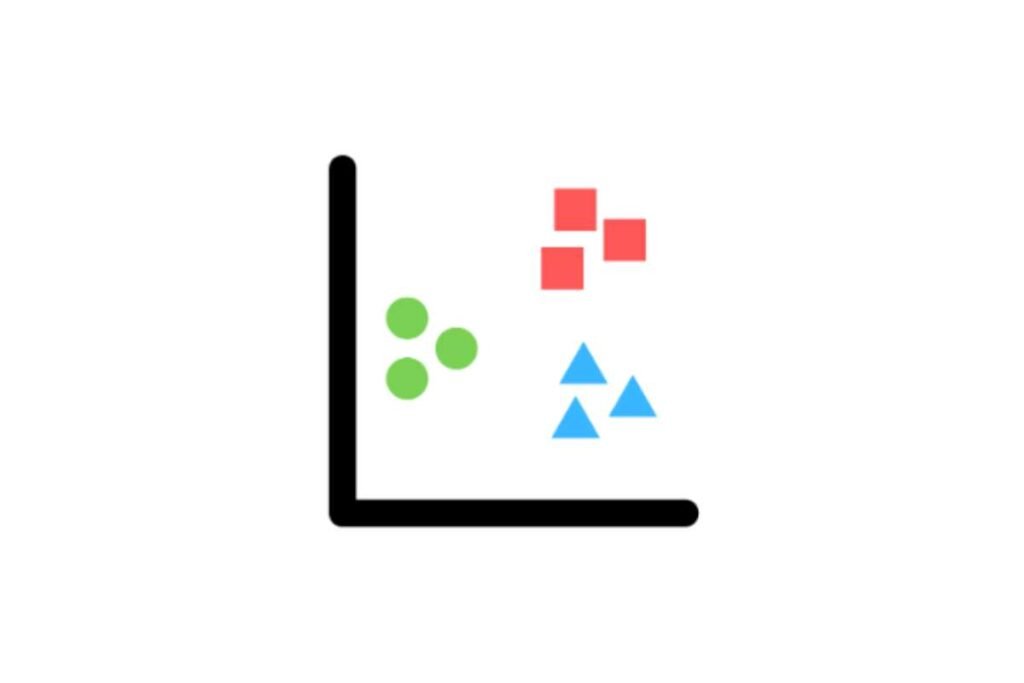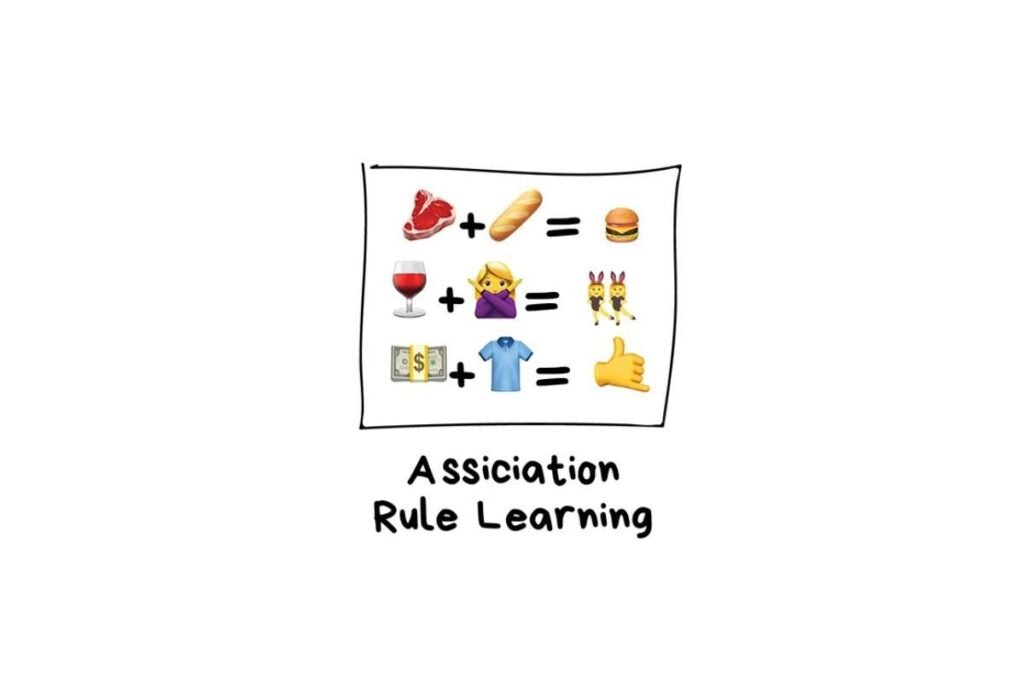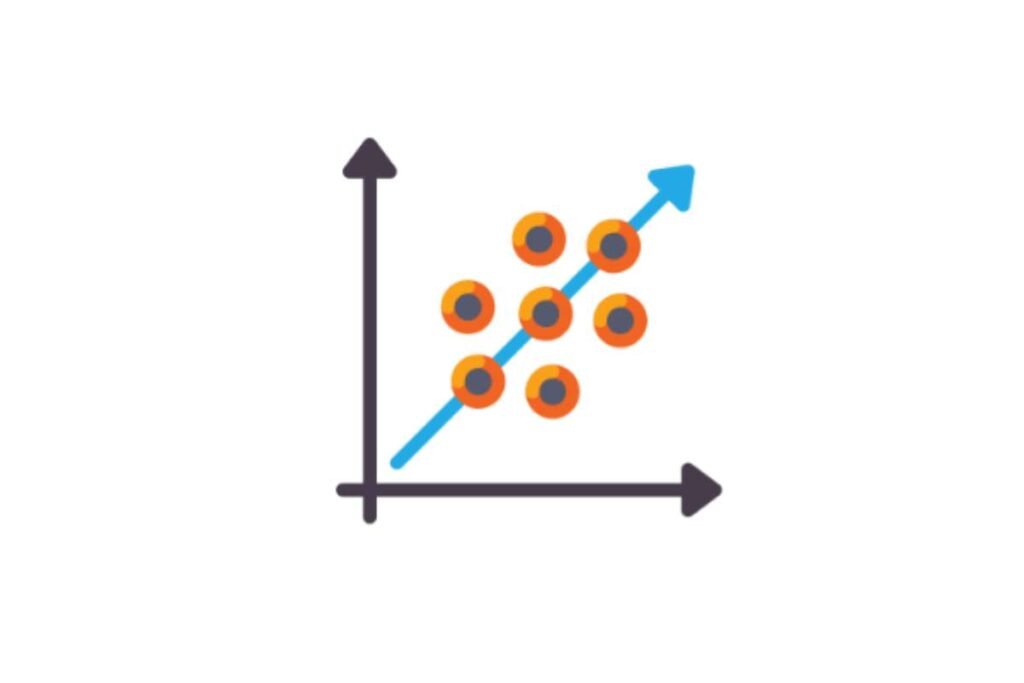[Image by Jirsak from Getty Images Pro]
Data is a crucial factor in today’s evolving world for completing a task or running a smooth workflow. Extracting relevant data is necessary for various businesses and organizations. To help with extracting and filtering a vast amount of data for these businesses and organizations, we have a process of Data mining techniques. These techniques help an organization solve business problems by sorting out large data sets into patterns and relationships through the process of data analysis. Understanding these techniques helps organizations or businesses improve their customer experience and optimize their operations.
What is Data Mining?
Data mining is the practice of analyzing large datasets to identify trends, patterns, and relationships that can provide valuable insights. The goal is to convert raw data into useful information, enabling businesses to make data-driven decisions. As organizations continue to accumulate massive amounts of data, effective data mining becomes increasingly essential.
The data mining process usually involves various steps such as data collection, data pre-processing, data analysis, and interpretation of results. Various data mining techniques can be engaged during the analysis phase to source insights from the data.
Popular Data Mining Techniques
1. Classification
Classification is one of the most widely used data mining techniques. It involves categorizing data into predefined classes or groups. By using historical data with known classifications, algorithms can learn to classify new data points based on their characteristics. Common classification algorithms include Decision Trees, Support Vector Machines (SVM), and Random Forests.

For example, a retail company might use classification to identify whether a customer is likely to purchase a product based on their browsing history and demographic information. By analyzing past customer data, the company can predict future purchases and tailor marketing strategies accordingly.
2. Clustering
Clustering is another significant technique used in data mining. It involves grouping a set of objects in such a way that objects in the same group (or cluster) are more similar to each other than to those in other groups. Unlike classification, clustering does not require predefined labels. Instead, it identifies inherent structures in the data.

Businesses often use clustering to segment customers based on purchasing behavior. For instance, an e-commerce platform can group customers with similar preferences to create targeted marketing campaigns. Popular clustering algorithms include K-Means, Hierarchical Clustering, and DBSCAN.
3. Association Rule Learning
Association rule learning is a technique used to discover interesting relationships between variables in large datasets. It is commonly applied in market basket analysis to identify items frequently purchased together. For example, if customers who buy bread often buy butter, this information can help retailers design effective promotions or product placements.

The most famous algorithm for association rule learning is the Apriori algorithm, which identifies frequent item sets and generates association rules based on these sets. Businesses can leverage this technique to enhance cross-selling opportunities and improve customer experience.
4. Regression Analysis
Regression analysis is a statistical method used to understand the relationship between a dependent variable and one or more independent variables. This technique is essential for predicting continuous outcomes, such as sales figures or customer satisfaction scores.

For example, a company might use regression analysis to predict future sales based on historical data, economic indicators, and marketing expenditures. Linear regression, logistic regression, and polynomial regression are common types of regression techniques used in data mining.
5. Time Series Analysis
Time series analysis involves analyzing data points collected or recorded at specific time intervals. This technique is particularly useful for forecasting future values based on past trends. Businesses can apply time series analysis to monitor sales trends, website traffic, or customer behavior over time.

For instance, a financial institution might use time series analysis to predict stock prices based on historical data. Techniques such as ARIMA (Autoregressive Integrated Moving Average) and seasonal decomposition of time series (STL) are often employed in this context.
The Importance of Data Mining Techniques
The significance of data mining techniques extends beyond merely understanding past behaviors; they enable organizations to anticipate future trends, identify risks, and uncover new opportunities. By leveraging these techniques, businesses can achieve the following:
1. Improved Decision-Making

Data mining techniques provide organizations with valuable insights that inform strategic decision-making. By understanding customer preferences and market trends, businesses can make more informed choices regarding product development, marketing strategies, and resource allocation.
2. Enhanced Customer Experience
Data mining enables businesses to gain a deeper understanding of their customers. By analyzing customer behavior and preferences, organizations can tailor their offerings to meet individual needs, ultimately enhancing customer satisfaction and loyalty.
3. Fraud Detection and Risk Management

In sectors like finance and insurance, data mining techniques are essential for detecting fraudulent activities and managing risks. By analyzing patterns in historical data, organizations can identify unusual behavior and take preventive measures before significant losses occur.
4. Operational Efficiency
Data mining can help organizations optimize their operations by identifying inefficiencies and areas for improvement. For example, manufacturers can analyze production data to minimize waste and streamline processes, leading to cost savings and increased productivity.
Conclusion
With the continuous growth of data, it has become essential to understand and utilize data mining techniques. By implementing techniques such as Classification, Clustering, Association rule learning, Regression analysis, and Time series analysis an organization can tap into valuable insight that will improve strategic planning and decision-making.
Whether it’s a small business to improve the customer experience or a large business working towards optimization of operations, using these data mining techniques can offer an upper hand in this data-orientated world. By using data mining techniques relevantly any business can grow and can become successful.










